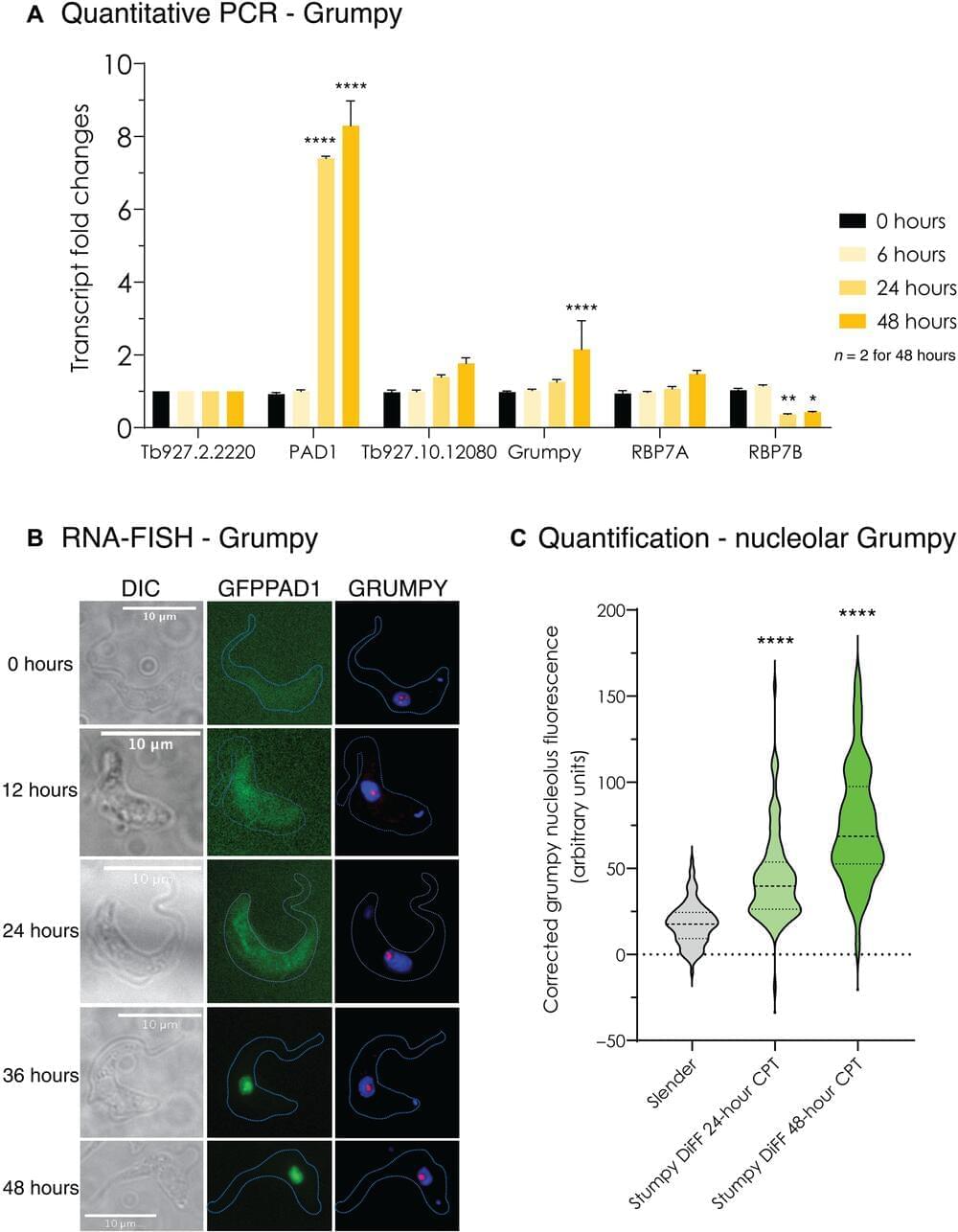Circa 2020
Gene therapy shows promise for clinical benefit in demyelinating, neurodegenerative disease.
Krabbe disease is an aggressive, incurable pediatric neurodegenerative disease caused by mutations in the galactosylceramidase (GALC) gene. Deficiency of the GALC protein activity leads to cytotoxic accumulation of a cellular metabolite called psychosine, which compromises normal turnover of myelin in the central and peripheral nervous system (CNS, PNS). The ensuing damage leads to progressive disease, including paralysis, loss of sensory functions and death, in the developing infant. The incidence of Krabbe disease is estimated at 1 in 100,000 live births.
The standard of care for presymptomatic babies is hematopoietic stem cell transplantation (HSCT); however, the morbidity and mortality of HSCT is high due to the strong ablative chemotherapy just after birth, and notably, this treatment is not curative. Furthermore, affected babies must be diagnosed and receive HSCT prior to symptom onset, typically a mere 4 weeks of age. No standard of care has been established for post-symptomatic treatment of the disease.









